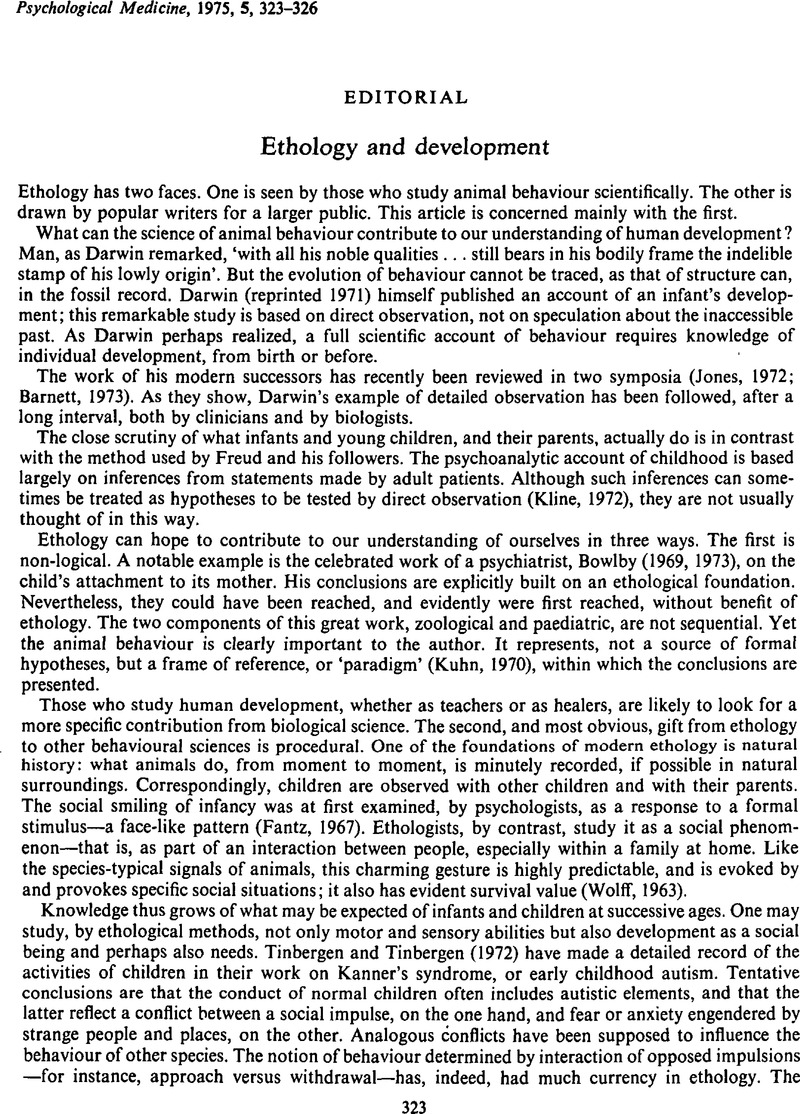Crossref Citations
This article has been cited by the following publications. This list is generated based on data provided by Crossref.
1978.
A guide to the literature on aggressive behavior.
Aggressive Behavior,
Vol. 4,
Issue. 1,
p.
93.
Richard, Gaston
1979.
Vol. 9,
Issue. ,
p.
229.
Kohn, Gregory M
and
Kostecki, Mateusz
2024.
The contingent animal: does artificial innateness misrepresent behavioral development?.
Adaptive Behavior,
Vol. 32,
Issue. 5,
p.
439.



